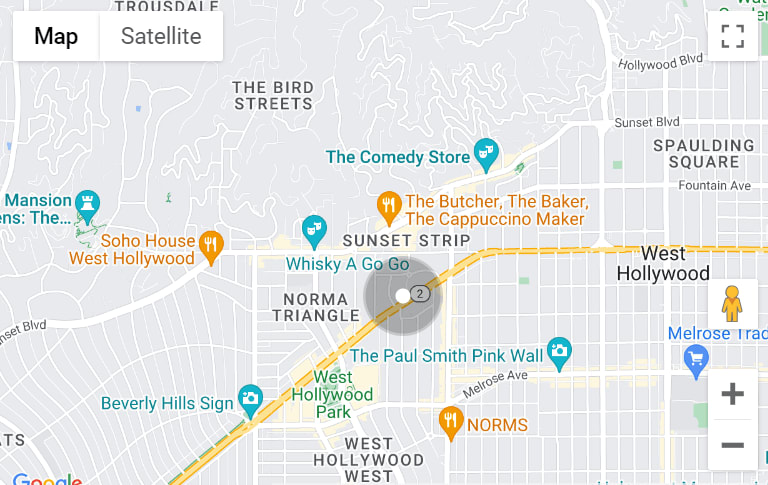There are plenty of
reasons for homeowners to cherish where they live, but personal preference does not necessarily translate to high home value. The conversation around home value continues to evolve as neighborhoods change, luxury takes on new meaning, and development skyrockets. Read on to learn the top factors affecting home values and how your home’s location, amenities, and even age can determine your potential return on investment.
Market value vs. appraised value
Even the very
definition of home value requires some explanation. There are two types of practical values placed on a property for the purpose of buying and selling real estate: market value and appraised value.
Market value is essentially the amount of money buyers are willing to pay in the marketplace. It is the actual list price associated with the home when the property is put on the market. Appraised value, on the other hand, refers to the number given to a property by a professional appraiser. An industry appraiser must have a state-issued license in order to work professionally and generally works on behalf of the mortgage lender to ensure the bank or mortgage company does not issue a loan for more money than the home is actually worth.
How is market value determined?
The short, by buyers. Buyers collectively set a neighborhood’s market value by agreeing or disagreeing to pay certain rates. On its face, this is a simple concept. If a sprawling St. Helena vineyard goes on the market for $100,000, you can be sure a bevy of buyers will clamor to snap it up. Why? Because St. Helena is a picturesque town with gorgeous views and a fashionable address, and a home priced this low will send buyers into a frenzy because estates in this area routinely go for much more. In other words, such a low-priced home is incredibly scarce, and scarcity of a good thing drives up the value.
The scarcity of a certain type of property shows that buyers in the region have made clear, with both their willingness to pay and their high demand for property, that such a property type is in high demand. This knowledge gives sellers the opportunity to gauge market value based on the amount of attention buyers pay to certain areas and types of homes.
Reviewing a neighborhood’s recent
comparative market analysis report can give a real estate agent a strong idea of its market value. If four-bedroom, five-bath homes sitting on a half acre of property have sold for just under one million in the same area over the last few months, sellers can feel confident that the going rate for a comparable home in a usual market setting will be about a million dollars.
Factors affecting a home’s value
The complexities of buyer decisions are all determined by a long series of factors and choices made by everyone in the real estate industry, from the developers and architects of the home to the property’s previous owners and interior decorators.
Location
Location is everything, and, in fact, there is a great deal of truth to this proclamation.
Geography plays a significant role in determining the market value of a property. California’s wine country region is known as a coveted spot with spectacular, high-value real estate partly because of the area’s ability to grow grapes, and the
impact of the wine industry on real estate in Sonoma has been tremendous. The economy has boomed, and residents enjoy stunning views of tranquil vineyards, along with an affluent, upscale lifestyle.
These are prime examples of factors driving up the value of real estate. Other impressive geographical locales have a similar effect because of the high demand versus low inventory dynamic. There are only so many vineyards in the nation, only so many miles of coastline, and only so many mountain peaks or seaside bluffs on which to build property, so those areas are highly sought-after and routinely drive up the demand from buyers and, in turn, the market value.
The following are a few examples of high-demand locales:
- Lakeside cabins and beach houses
- Ranches and vineyards
- Cosmopolitan countryside towns with equestrian estates
- Affluent suburban neighborhoods boasting strong academic systems
Amenities
An amenity is a feature that makes life more pleasurable for having it, such as a home spa with a sauna or a fitness center. You may think of in-home features like these, or perhaps infinity pools, lush landscaping, or smart technology, but the neighborhood and city the home is located in can also contain coveted amenities.
Regarding homeownership, amenities can greatly affect property value as long as they add significantly to the quality of life. For families of small children, worthwhile amenities will likely include excellent schools, quiet streets with low traffic, and well-funded library programs. Hospitals, healthcare, well-maintained parks, and building restrictions are often high on the list of neighborhood amenities buyers seek out when searching for their next home.
Age
It stands to reason that the age and condition of a home will affect its value. A historic mansion that is centuries old can be priced quite high if that property is in impeccable condition or is in an area with outstanding investment potential. However, the age of the neighborhood’s residents can also weigh in on the question of value. Families with small children tend to look for homes in neighborhoods containing other families so their kids have other kids to play with. Consequently, schools in these family-filled neighborhoods generally receive more funding and parent support, which can improve the quality of the teaching and facilities, which in turn attracts more families to the area, leading to further increases in home prices.
Future developments
The potential for a neighborhood to grow can affect home values for better or worse, depending on the direction things are heading. On the one hand, investors are eager to buy in areas with the potential for tremendous growth. After all, the faster a street increases in value, the faster the investor enjoys a return on the initial investment. However, rapid growth can backfire. For example, if a neighborhood is currently a serene spot with plenty of leafy streets and parks, families may flock to the quietude. But if there are city plans in place to create through-streets and grow local businesses on Main Street, these types of traffic-increasing changes could scare away families willing to pay high prices.
Work with a local real estate agent
Top real estate agent Mark Stornetta is an expert in California’s wine country. A long-time Sonoma resident, Mark has developed a nuanced knowledge of the area’s luxury property market, as well as investment opportunities and vineyard acquisition.
Mark’s clients praise his integrity, warm personality, and sharp negotiation skills. If you are ready to begin exploring wine country real estate,
contact Mark today.



